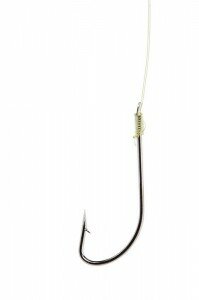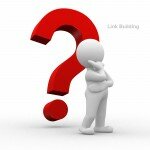
Link bait has been an SEO word that many search engine experts pass around a lot in the SEO world. Some experts describe it more as a technique than a piece of content. I like to use this post to talk more about what link bait is and some link baiting techniques.
Most small businesses have no idea what this means and how to use it properly. Linkbait is essentially a piece of content placed on a web page – whether it’s an article, blog post, picture, or any other section of cyberspace – that is designed for the specific intention of gathering inbound links from as many different sources as possible.
The web continues to grow and all it takes is one interesting piece of content on a site and a few people to share the link – and before you know it, you’ve gained a large number of inbound links across a wide variety of sites. Now of course I am making it sound much easier than it is but it does have this effect should you get the right piece of content.
Link Baiting Techniques
Many people will tell you that link bait is a side effect of good quality writing. I guess this would be correct a few years ago as most creation of link bait was article driven. Now, there is plenty of other link bait techniques that you can use such as infographics, widgets, images, spreadsheets, videos, etc. No matter what the content is, if you present some interesting, original research in an interesting and digestible way you can hit the link bait jackpot to receive a massive surge in traffic, and perhaps more importantly, a massive influx of inbound links. Here are a few techniques for link baiting:
- Timely Content - With blogs needing to update their content daily, the need for news has grown with it. Many sites, including Digg and Newsvine, have a predominantly news-oriented approach to their content. If you can cover a news story that is still a current event, you might be able to gather traffic and links as people spread the word and link to you.
- Viewpoints - Mostly ones that stir up controversy on a topic and provide a sound opposing viewpoint to a given subject, or another article,can provoke people into linking to you.
- Visual - Interesting and well-written articles also fare well when it comes to links. The thought is if as a reader enjoys an article then they are more likely to share the link with their friends. Since the social media explosion, more tweets or mentions are being used over giving links but with the search engines recently admitting that they are looking at social media signals such as “likes”, this will still help your search engine marketing. The most basic of these social methods of sharing links is the discussion forum – but there are any number of new ways of bookmarking a site in a public way.
- Funny Stuff – The Internet is one big playground and people can find anything they are interested in including funny, crazy, cool, or just plain odd content. Humour sites, amusing videos and jokes are a massively popular part of the internet today, and people love to share that sort of stuff. Now, the quality of that traffic may not be as you wish but the links are pretty good and tend to help you website SEO in general. Again, every little links helps!
Is Link Baiting Good Or Bad For Your Site
So is linkbait a good thing or a bad thing? I guess it all depends on the content and why you have created it. This post on link baiting that I have created is intended to not just acquire links but to hopefully establish us as a authority in the space and hopefully generate business from it. Content is that the dull, spammy and unworthy content generally does poorly, leaving the good, well crafted stuff to gather popularity and links.
My suggestion is to write for your visitors and provide them with great content, you might just be rewarded with the traffic you deserve and hopefully with a few links to match.















Stay Connected With Us: